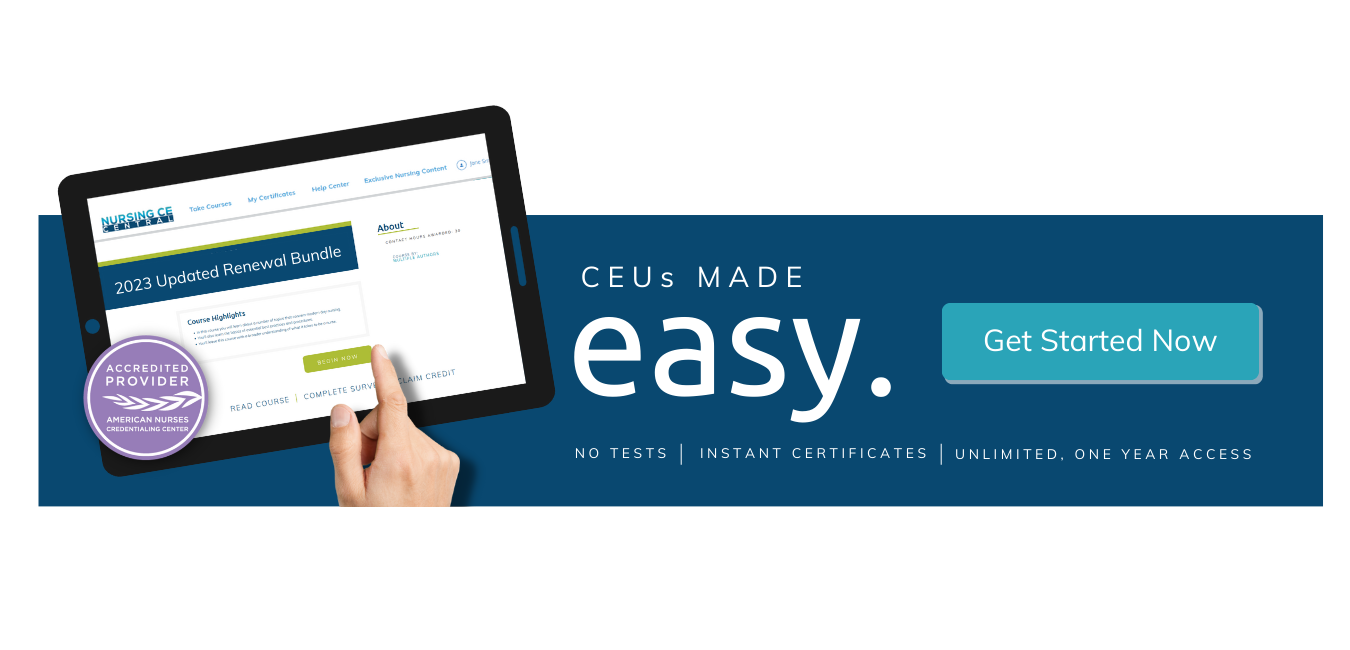Evolving Nursing Curriculum
Nursing curriculum has had quite the evolution in the past five to 10 years. It can be attributed to the demand for nurses, the increased need for specialty trained nurses, and the use of virtual nursing programs.
Historically, four-year university programs were the most common route, but now the popularity of fast-track programs, online, and advanced nursing programs are really catching stride. Nurses who have completed at least some of their nursing curriculum online skyrocketed from less than 20% prior to 2015 to more than 46% in the past eight years.
Today, there are nursing programs that offer a 16-month fast track degree. Once a nurse has an associate degree, they can complete their Bachelor of Science in Nursing in months. Advanced degrees are also on the rise, and as of 2024, 17% of nurses went on to obtain a master’s degree and 3% obtained a doctorate, according to the National Center for Health Workforce Analysis.
Certifications along with advanced nursing degrees are increasingly common. More than 28% of nurses obtain a second degree that qualifies them as an advanced practice registered nurse (APRN), most commonly nurse practitioner. The most common skill-based certifications nurses are currently obtaining include basic life support (70%), resuscitation (37%), trauma nursing (7%), and critical care (4%).
Artificial Intelligence
Nursing will see a major evolution in decision making, diagnostic tools, education resources, and nursing-related tasks driven by computer systems in the coming years. Already healthcare systems are using Artificial Intelligence (AI) to help their technology service resources, education and learning components, and automatic protocols, such as sepsis prevention.
Further development of AI technology will soon affect the relationship between nurses and patients even more. The next areas that will see AI technology use in healthcare will likely be documentation, coding, lab, and prescription ordering. Embracing the new technology will be important due to the ethical use of AI within patient care.
Nursing Demands
There’s more demand for the number of nurses in the field, along with extra emphasis on skills, training, and workloads. Nurses are expected to complete more tasks, care for more (and often sicker) patients, be more knowledgeable, and the list goes on!
Unfortunately, the more nurses are forced into multitasking the less their work is performed at the highest quality. Hopefully the increase of technology automation will help with the increasing task-related demands. Otherwise, the work overload will drive patient care quality down.
The nurse’s role is so dynamic, even looking at the 2024 Hospital National Patient Safety Goals required by The Joint Commission, we can see the expanding nursing role demands and what those entail. The National Patient Safety Goals (NPSG) include correct patient identification, improvement of staff communication, medication use safety, alarm use safety, infection prevention, and improving health care equity. Even in that short list nurses have to be aware of patients, equitable care, safety, medication and alarm use and infectious disease process and prevention.









